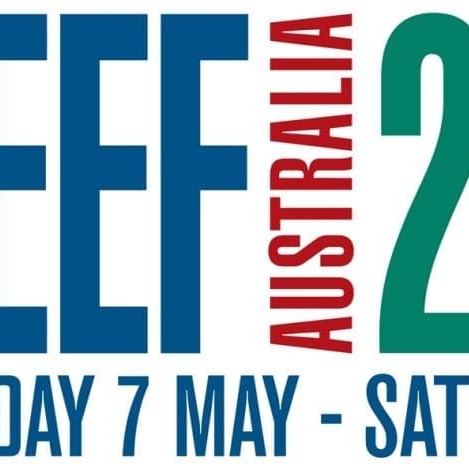 Beef Australia 2012 has opened with a message of significant export market opportunities in Asia over the next 20 years, with producers challenged to match their genetic selection with consumer demands.
Beef Australia 2012 has opened with a message of significant export market opportunities in Asia over the next 20 years, with producers challenged to match their genetic selection with consumer demands.
A two-day International Beef Cattle Genetics Conference, the official lead-in event to the national cattle industry exposition, began at CQ University’s Rockhampton campus yesterday.
More than 250 delegates are in attendance, travelling from around Australia as well as the US, South America, Indonesia, South Africa and NZ.
Keynote speaker Dr Peter Barnard, general manager for trade and economic services at Meat & Livestock Australia, told the conference of the ‘mind-boggling’ growth expected in Asian markets due to continued population and economic growth.
“Food consumption in Asia is expected to double by 2020,” Dr Barnard said. “The outlook for the Australian beef industry is for a more diversified set of export destinations, but growth will be concentrated in Asia.”
Five years ago, 87pc of Australia’s beef exports were concentrated in just three destinations – the US, Japan and Korea. In 2011 those three countries accounted for less than 70pc of Australian exports, as new markets emerged in Russia, the Middle East and China.
 Dr Barnard said patterns of food consumption in these areas would be influenced by the expansion of global supermarket chains, but consumer tastes would retain distinct local identities.
Dr Barnard said patterns of food consumption in these areas would be influenced by the expansion of global supermarket chains, but consumer tastes would retain distinct local identities.
“There are now more markets than ever before and we will see an explosion of new markets into the future,” he said. “Not only are we talking about diversity in terms of country distribution, but there will be markets within markets.”
“And although Australian beef is more expensive than product from India, for example, in Asia it is considered prestigious and we can compete on service and quality. In China consumer studies have shown that people are prepared to pay for food safety and that they do look at the country of origin of the product.”
Dr Barnard said Australian beef processors were already targeting specific cuts to the markets where they are most valued by consumers – for example, more than 97pc of short ribs from some categories of Australian cattle go to Korea, while knuckles are favoured by Russian sausage makers and rump caps by Brazilians.
“More than ever before, genetic selection at farm level will be influenced by the local circumstances in the particular markets producers are targeting,” he said.
Beef Australia 2012 chairman Geoff Murphy said the conference was an important addition to the week-long Beef Australia program, and encouraged delegates to make the most of the information on offer to improve the industry.
